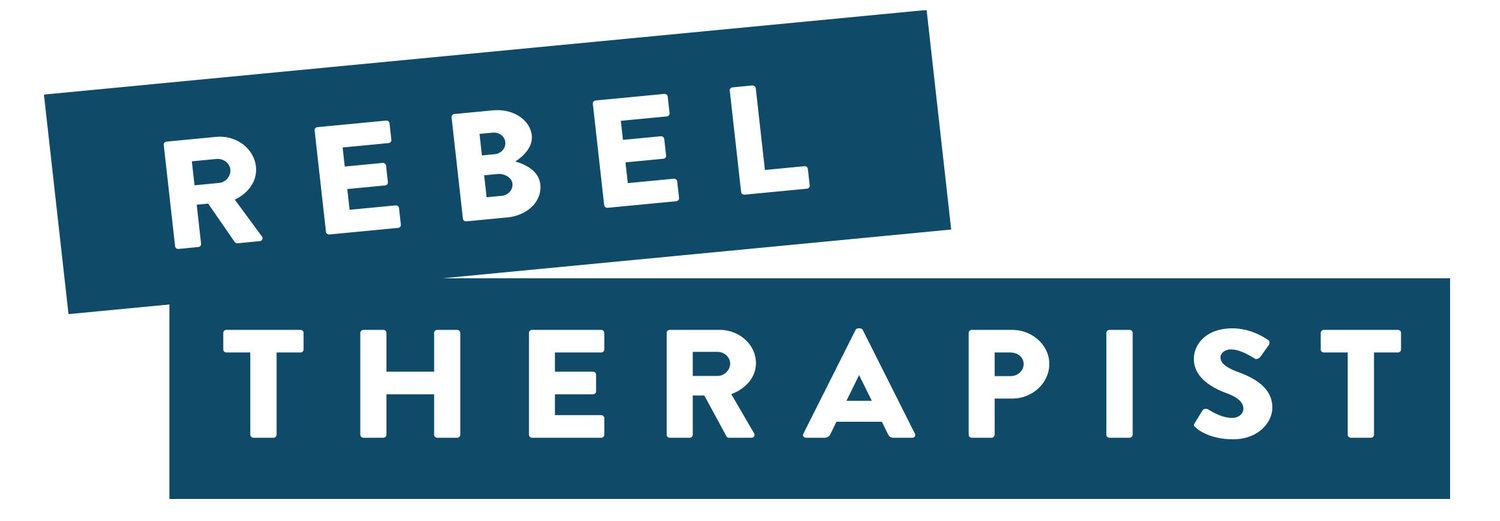What’s the question that makes a lot of therapists nervous?
"How do you work?"
When you’re on the phone with a potential client, they are likely to want to know what you charge and when you’re available, and then comes that question: “How do you work?”
Many therapists find themselves falling into therapist-speak at this moment.
The words you've learned as a therapist don't belong in this conversation.
You may never hear feedback about how little of your answer the potential client understood. You might walk away from the conversation thinking they have a pretty good idea of the way you work, while the potential client is thinking, “I have no idea what the heck they just said.”
They aren’t likely to give you that feedback because 1. they don’t want to look stupid, and 2. they don’t want to be rude.
I say this with love. You could be losing potential clients who are a great fit for you if you answer this question in therapist-speak. Come up with a better answer so that your potential clients can make a better decision about whether to work with you. If you’re the best therapist for them, they’ll be more likely to realize that.
So what should you say?
There are a couple of great ways to answer the question.
One way to answer the question “how do you work?” is to take the description you would normally give of your method and describe it with no therapy words. If you’ve ever played the game “Taboo,” this might feel familiar.
For example, if you normally say:
“I use depth psychotherapy” (followed by your therapy-speak description), try something like this: “I help my clients figure out what’s going on deep, deep down. You know how sometimes you think or feel something painful, and you’re not sure where it comes from? I help my clients find out where that stuff is coming from so that we can make some really lasting changes.”
Another way to answer the “how do you work?” question is to think about the clients who are the best fit for you, and describe one important thing about the work you do with them. By focusing on one thing, you help them imagine what it would be like to be your client.
For example, I might say:
“One thing I do with clients is help them let go of shame. Most of us carry around shame, and it gets in our way in lots of parts of our lives, like at work or in our close relationships.”
When you find an answer that feels right to you, practice it a few times. Don’t memorize it. You might use the same phrase or sentence to get you started each time, but make sure you’re speaking in a grounded way rather than just reciting your lines. Then practice your answer on a few friends who are NOT therapists. If they understand what you’re saying, you’re on the right track.
Are you ready to create the practice only you can create? Get free stuff from me every week. No spam. I'll never share your email. That would be weird.







